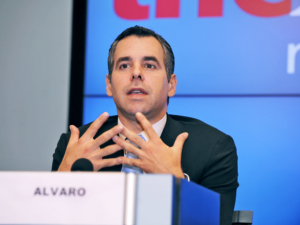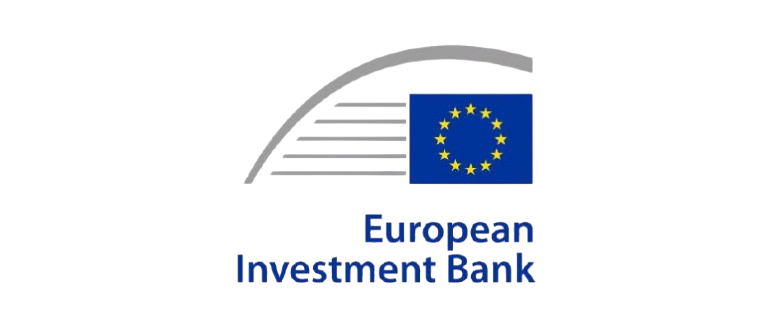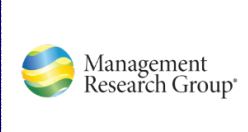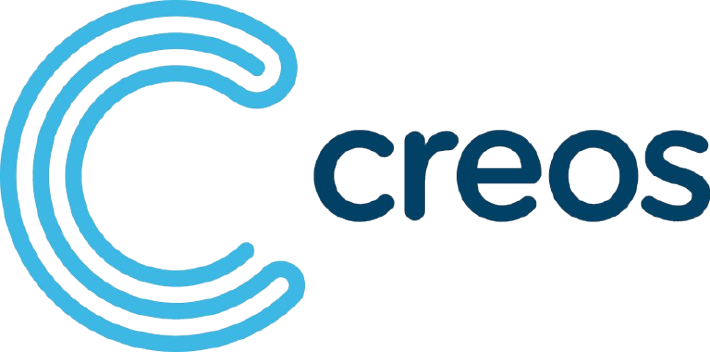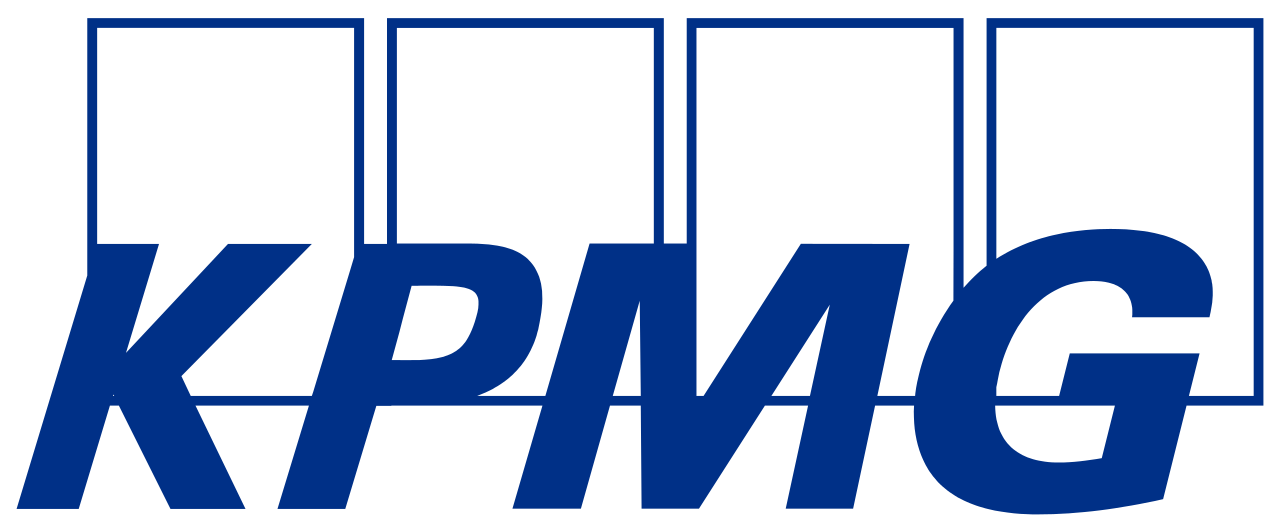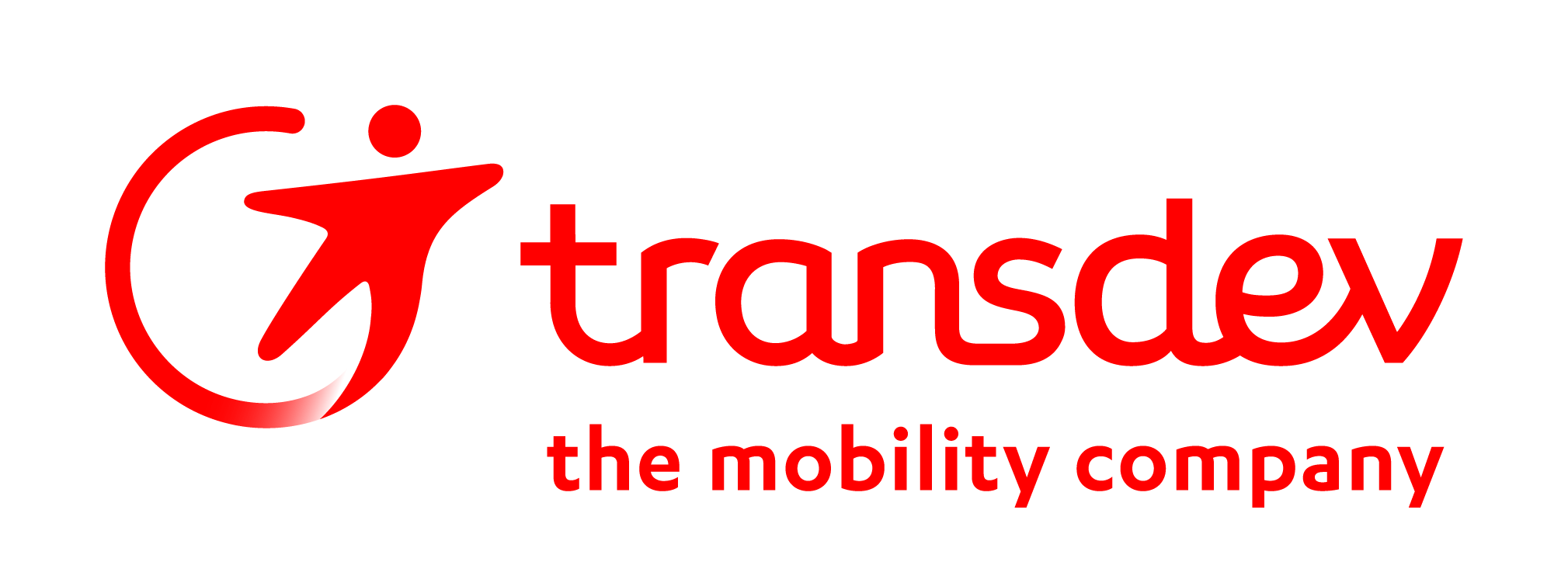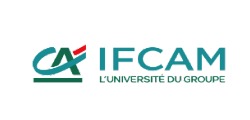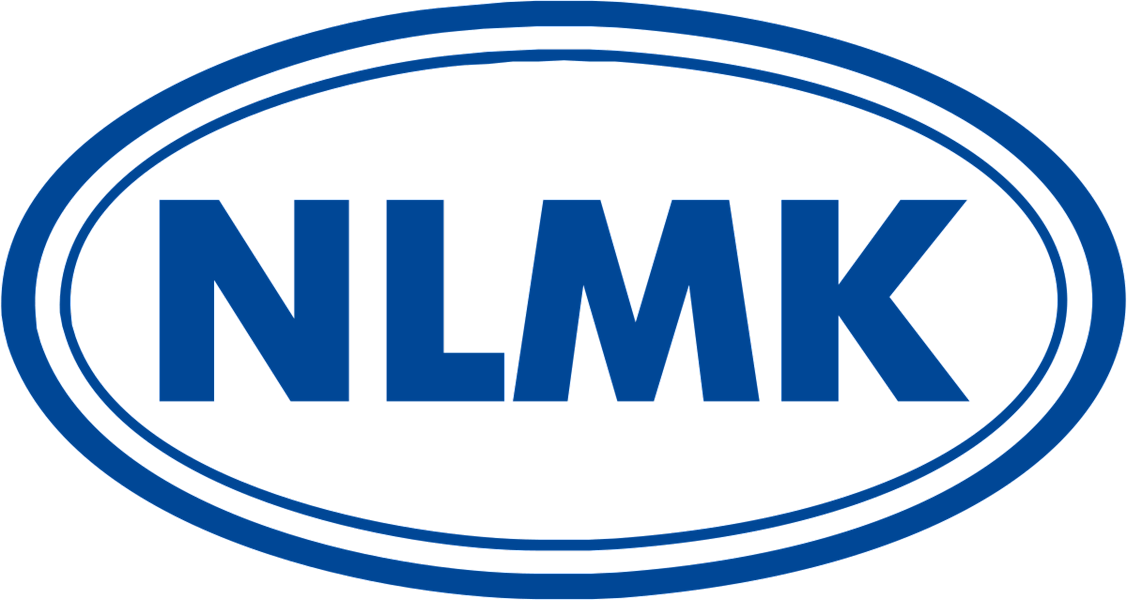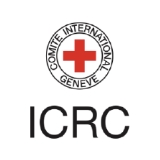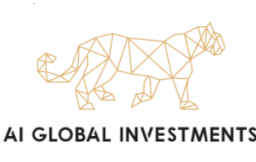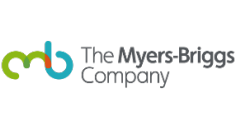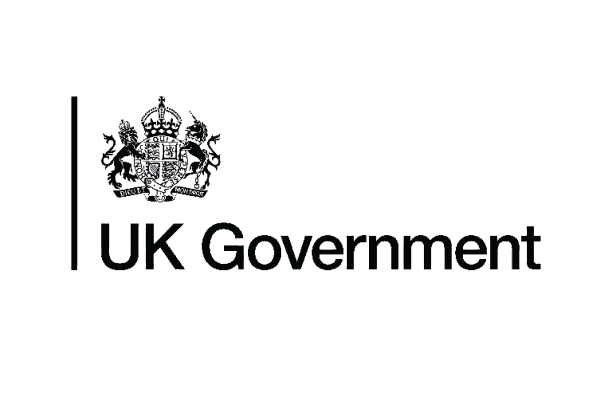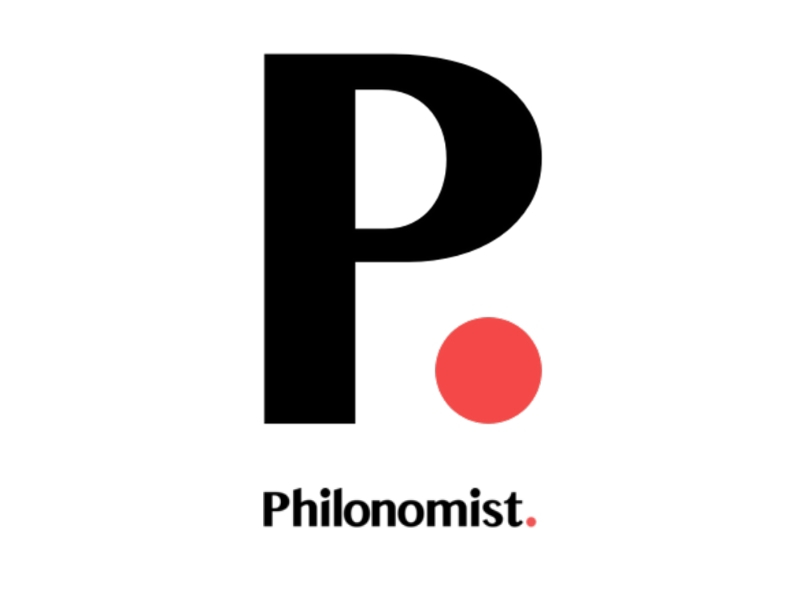In the recent years, change has become more visible than ever, significantly altering our habits, and prompting us to reevaluate and redefine our social contract.
Concept such as climate change, pandemics and global health security, political instability and conflict, cybersecurity threats, migration and displacement are not any more scenarios of science fiction movies or far reality happening in other part of the planet but become real and concrete in our day-to-day life. Organizations are facing a similar process of reinvention by incorporating changes related to gender diversity in senior roles, adapting to remote work and hybrid models, addressing technological disruptions, fostering diversity, equity, and inclusion (DEI), and embracing environmental sustainability, among various other considerations.
Nevertheless, we note that unlike fields like mathematics, physics, history, biology, theories and practices related to change have not yet become widely known in our society. The approach to change has traditionally been approached using prescriptive methods, often overlooked, and relegated to a niche interest for corporate professionals and consultants.
This essay delves into the conventional lens through which organizational change has been viewed, primarily as a matter of concern for those in authoritative positions or consulting roles tasked with leading change initiatives.
The overarching goal is to demonstrate the transformative power of adopting a multi-perspective approach to change, empowering every actor of the society to become effective change agents.
We will unravel the multifaceted nature of change, whether prescriptive or adaptive, emphasizing the imperative for change agents to cultivate a systemic view and broaden their level of consciousness and their capacity to learn and mobilize learning in others when facing uncertainties.
Nevertheless, we will also explore the inherent challenges and complexities associated with embracing such perspectives, shedding light on the paradigm shift required to make it possible and navigate these transformative processes effectively.
Finally, we will insist on the need to propose new ways of learning/teaching on how to build individual and collective adaptive capacities and to create strong holding environment among organizations and communities to make progress on complex organizational changes.
A view on organizational changes – the prescriptive paradigm
Traditionally, organizational change has been approached through prescriptive models, offering structured guidelines for implementationi. Typically, these models specify a sequence of steps considered applicable across a variety of organizational change interventions.
Prescriptive organizational change models like the empirical-rational and power-coercive approaches defined by Kenneth Bene and Robert Chineii illustrates this idea. The change is driven by the authority of leaders rather than the adaptability of those undergoing the change. The empirical-rational approach relies on logical justification and effective communication to align change with the self-interest of the target audience. Power-coercive strategy involves a powerful individual imposing change through coercion tactics. Both strategies focus on influencing the target through communication or coercion, assuming rational, self-interested motivations. These approaches reinforce a top-down structure where authority and communication tactics shape organizational transformations.
Kurt Lewin and his three-step model (1948), Beer’s Six-Step Change Management Model (Beer, 1980), Appreciative Inquiry (Cooperrider and Srivastva (1987), Judson’s Five Steps (Arnold S. Judson, 1991), Kanter, Stein, and Jick’s Ten Commandments (Rosabeth Moss Kanter, Barry Stein, and Todd Jick, 1992), John P. Kotter’s eight-step (John Kotter, 1996) or Hiatt’s ADKAR Model (Jeff Hiatt, 2006), are other prominent examples of prescriptive models of planned organizational changeiii commonly used by consultants and change managers.
These models provide valuable insights and practical strategies but tend to oversimplify the intricate nature of organizational change, neglecting the nuanced interconnections between diverse elements within an organization.
Systemic approach on organizational changes:
In our contemporary world, characterized by hypermodernity, the pace, interconnectedness, and complexity of change have reached unprecedented levels. Navigating through this dynamic environment, both society and organizations face an incessant need to adapt and evolve.
This context invites to rethink organizational changes not only in the capacity of a few to implement prescriptive changes initiatives but as the capacity for our society to advocate to a more comprehensive, multi-perspective approach of changes where every actor has a central role to play.
Various authors, including David Coghlan and Nicholas Rashford, underscore the importance of adopting a systemic perspective in organizational changeiv. They integrate behavioral dynamics of learning, change, and strategy across individual, team, interdepartmental, group, and organizational levels. Coghlan and Rashford describe large-scale organizational change as a complex interplay of individual, team, interdepartmental, and organizational processes, each continually influencing the others.
Fritjof Capra emphasizes the rapid changes in the business environment, suggesting that understanding natural change processes embedded in living systems is essential for resolving organizational change challengesv. This systemic perspective aligns with the adaptability, diversity, and creativity found in living systems. According to the systemic understanding of life, living systems continually recreate themselves through structural changes while preserving web-like patterns of organization.
Inspired by biology, Professor Ron Heiffetz, from Harvard Kennedy school, make a similar parallel considering that successful changes build on the past, preserving essential elements while discarding what is expendablevi. The challenge lies in engaging individuals to distinguish between essential heritage and what can be discarded. New adaptations significantly displace, reregulate, and rearrange some old DNA. By analogy, leadership on adaptive challenges generates loss.
These different approaches highlight the importance of a systemic view of change, aligning with developments in various disciplines such as Computational Neuroscience, Ecology, Geomorphology, Neuroscience, Social Network Science, and Systems Biology, which focus on the concept of connectivity in understanding complex systems.
Peter Senge, Hal Hamilton, and John Kania introduced the concept of collective leadership, also known as system leadershipvii. Instead of dictating or coercing change such as defined by Bene and Chine here above, they advocate for catalyzing collective leadership within communities facing challenges. Genuine system leaders, despite diverse personalities, share a commitment to the greater good, fostering openness and trust. They shift focus from reactive problem-solving to co-creating the future, developing three key capabilities:
- seeing the larger system (using tools such as system mapping, behavior-over-time graph, connection circle, stock-flow map, iceberg visual, and causal loop diagram)
- fostering reflection and generative conversations (using tools such as, and
- shifting focus to co-creating the future (using tools such as design thinking tools, appreciative inquiry).The motivation become the common good rather than the self-interest and the outcome of the changes initiatives is made from emergence rather than compliance.
This systemic approach to organizational change brings the idea of mobilizing the system to transform and adapts to a new reality.
A multi perspective view on changes:
Now we have defined two ways of approaching organizational changes: prescriptive versus descriptive, come the question of when to use the one or the other.The adaptive leadership framework introduced by Heifetz and Linskyviii provides a nuanced perspective. Acknowledging that both prescriptive and systemic approaches have their place, adaptive leadership integrates the importance of using authority in specific phases of change.
They explain that when people are facing major sustainable disruptive changes, people in position of authority must face two phases:
- The emergency phase, when the task is to stabilize the situation, and buy time.
- The adaptive phase when you tackle the underlying cause of the crisis and build the capacity thrive in a new reality.During the emergency phase, authority plays a central role, involving giving direction, maintaining order, and assuring protection. Authority is present in all our relationship, it is the role of parents in family, teacher in classroom, managers with team…During the adaptive phase, the change agent is responsible to creating the space for people to adapt using a systemic approach mobilizing people in seeing the larger system, fostering reflection and generative conversations, and shifting focus to co-creating the future.
Professor Eric J. McNulty adds a perspective to the discussion by presenting four ways to catalyze changeix: sense-making, meaning-making, place-making, and space-making.
These approaches highlight the importance of changes agents to be able to deal with emergency phase by relying on their authority while being able to express adaptive leadership by creating clarity, deriving meaning, shaping environments, and providing space for breakthroughs.
The challenges on adopting a multi perspective approach on organizational changes.
In essence, we observe that change agents are confronted with conflicting expectations.
- On one front, they are required to offer solutions, provide guidance, and establish a compelling organizational vision using authority and prescriptive models of change. The pressure for fixing issues is strong and the time frame focused short term.
- Simultaneously, they are tasked with involving individuals in an adaptive process, recognizinguncertainties, placing trust in the adaptive journey grounded in emergence, and carefully managing the pace of unsettling individuals to a level they can manage. The output is focused on emergence and the timeframe is long.The challenges associated with this adaptive process, such as prolonged timeframes, distress, loss of control, resistance, conflict, unpopularity, and potential failure, emphasize the need for leaders to develop not only technical skills such as prescriptive change models but also their capacity to navigate uncertainties and discomfort as well as the global adaptive capacity of the people facing change.Further insights from Professor Tim O’Brian’s research on leadership courses and students’ levels of consciousness suggest that developmental growth using an experiential and constructivist leadership course is connected to this kind of learning.Using, Kegan’s constructive-developmental theory (CDT)x, he opens a perspective on how adaptive capacity such as the capacity to navigate uncertainties and mobilize adaptive process in self and others can be learned by using dialectical process which allow participants to synthetize conflicting perspective in real time.As an example of dialectical process, Case-in-Point (CIP) is a teaching and learning strategy by which students learn a practice by reflectively doing the practice in real-time (Green & Fabris McBride, 2015)xi. The CIP method creates the conditions for students to observe and practice concepts in real- time; it is “the process of directing a group’s attention to teachable moments, then holding collective focus on those moments long enough for individuals to engage themselves and one another in new and productive ways” (Green & Fabris McBride, 2015, p. 43).
Conclusion
Our societies are currently grappling with widening disparities between their professed values and the perceived feelings of injustice or frustration. As evident in movements like ‘les gilets Jaunes’ in France, Black Lives Matter in the USA and #Metoo globally, among many others.
More than ever, the pivotal need for fostering conversations and addressing intricate dilemmas is apparent. It is imperative to recognize that societal or organizational transformations can no longer be solely entrusted to a select few elected officials to lead the way. Instead, there is a pressing need to embrace a multidisciplinary perspective to comprehend the dynamics of change comprehensively and at any level of our society and organizations.
Encouraging a shift from relying on avoidance coping strategies, where individuals primarily blame authority figures for lacking solutions or turn a blind eye, to embracing a perspective of change that empowers every member of society to actively contribute to and initiate transformative actions.
Rethinking how the field of change is taught and accessible through contemporary teaching methods is vital and as from an earlier stage of life.
Teaching prescriptive change models or cultivating a systemic approach to change is needed but not enough anymore to deal with complex organizational changes.
Developing the ability for people facing change to deal with conflicting perspective in real time, to cultivate resilience both individually and collectively when facing uncertainty, to leveraging on innovation and creativity to mobilize people collaboratively, to build on diversity and fostering conversation from all the stakeholders to see the broader picture, to utilize management and influence theories to enhance authority for efficient group mobilization are becoming key capabilities for successful transformation processes.
i J. Stouten (1998), “Successful organizational change: Integrating the management practice and scholarly literatures”, Academy of Management Annals
ii R.E. Quinn and Scott Sonenshein (2008), ‘Four General Strategies for Changing Human Systems’, in Cummings, T. G. (ed.), Handbook of Organization Development
iii J. Stouten (1998), “Successful organizational change: Integrating the management practice and scholarly literatures”, Academy of Management Annals
iv D. Coghlan, N. Rashfrod, J. De Figueiredo (2016), Organizational Change and Strategy: An Interlevel Dynamics Approach, Routledge
v Capra, F. (2003) Chapter 4 – ‘Life and Leadership in Organizations’ in The Hidden Connections – A Science for Sustainable Living. London Flamingo, pp. 85-112.
vi R. A. Heiffetz (1998), Leadership without easy answers, Belknap Press
vii Senge, P., Hamilton, H. and Kania, J. (2015) ‘The Dawn of System Leadership’, Stanford Social Innovation Review
viii R. Heiffetz, M. Linsky (2009), the practice of Adatopive Leadership, HBSP
ix E. McNulthy (2018). The Leadership Maker Movement.”, Strategy+Business.
x O’Brien, Timothy J. 2016. Looking for Development in Leadership Development: Impacts of Experiential and Constructivist Methods on Graduate Students and Graduate Schools. Doctoral dissertation, Harvard Graduate School of Education
xi Kniffin, Lori E.; Priest, Kerry L.; Clayton, Patti H. (2017), Case-in-Point Pedagogy: Building Capacity for Experiential Learning and Democracy, Journal of Applied Learning in Higher Education, v7 p15-29 Spr 2017



